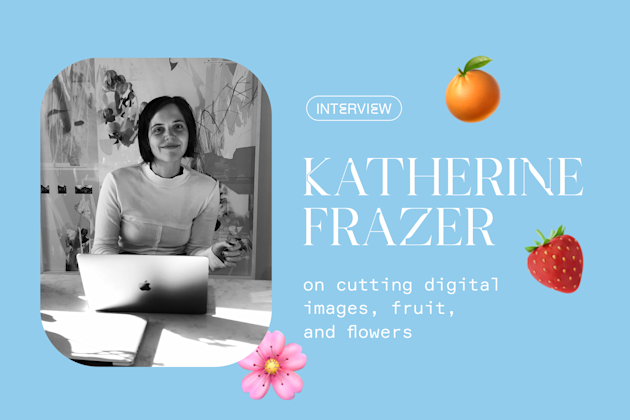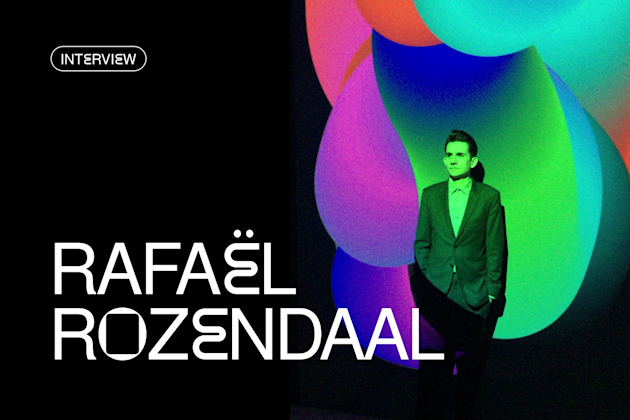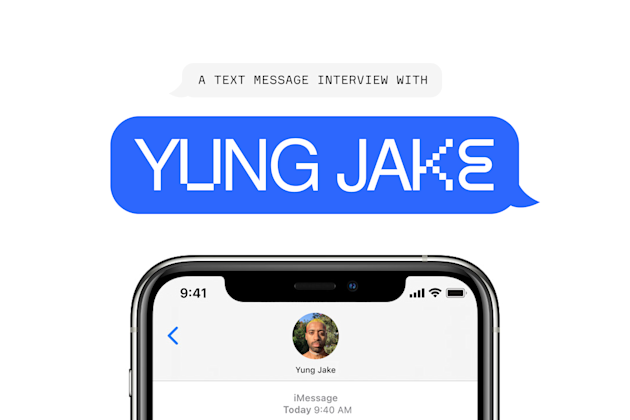Pak on the frontier of NFTs.

Pak might be an artist, or a collective, or an AI—and that uncertainty might be part of the appeal. The mysterious entity is a leading producer of NFTs and meta-commentary on the market, collecting, and the mechanics of auctions themselves, usually in satisfyingly simple forms and textures. No overnight success, Pak has been creating digital art for 25 years and founded the revered Archillect. Up until the recent explosion of the NFT market, Pak was by some estimations the most successful artist selling work on Ethereum—their current auction on Foundation has already shattered our site’s previous records within an hour of its release as the top-selling piece on Foundation.
We chatted with Pak a few weeks ago about creating value with NFTs, and why it can feel better to be wanted rather than needed as an artist.
Are there advantages to working in the crypto space, as opposed to working in the contemporary art or design worlds?
As a creator who doesn’t self-define as an artist, I can only compare the crypto world with the design scene. There are many differences in intention, purpose, and value distribution. For a design production, the product* is generally assigned value based on how much time goes into the work’s creation, and the creator’s vision is substantiated based on their back-log of successes (aka their "portfolio"). The crypto space (specifically the #cryptoart space), on the other hand, can value ideas almost instantly. This valuation sometimes ignites the realization of the product*—which wouldn't exist in a traditional production world. In short, this scene makes some things* exist instantaneously.
How did you first get involved with crypto? What were your early impressions?
I had a chance to get into Bitcoin in its very early days thanks to my social circles. I was impressed with the idea.
You have a loyal collector base who loves following and supporting your work. How did you approach building those relationships?
To me, personal work is not about what others think, but instead about the purpose of the specific work. I focus on creating things that communicate a message or an ideology—almost like a mindmap of some kind. Getting others to understand the work and appreciate it is what I would call a "side effect." In other words, the response is generally a natural evolution of the work.
In terms of relationships, once people invest in my work, they become collectors. Once others follow my work, they become followers. And once others appreciate the works, they become likeminds. There are titles for a lot of actions, but in the end it's all the same thing with different names.
Have there been any surprises about your collectors? What have they said about the experience of buying your work, and what drives them to collect?
Only by comparison to the commercial design scene, where clients need good designers. Collectors do not need the work; they want the work. This is a charming part of appreciation, and a good reminder of why art matters to me, personally. Sometimes it feels better to be wanted than needed.
From a collector's point of view, there may be many reasons to collect an artwork. In the end, it's all related to value.
How would you define “value”?
It’s subjective, and depends on the basis for the definition. How would you define "perfect?"
What is the most urgent challenge in the crypto art space right now? How should it be addressed?
Valuation of the work is a big problem in my opinion. Imbalanced valuation creates bubbles that will explode sooner or later.
More experts in the field and more purpose and innovation in creations would lead us all to better systems.
Where do you see the crypto art space headed in the next six months?
In the next six months, "The Medium" will be better understood. We'll see a lot more creations utilizing "The Token".
How about in the next two years?
In the next two years, #cryptoart will become a subset of NFT collectibles. This will happen through collections that will have places in much bigger structures, where functionality and utility will play a key role.
What advice do you have for artists who are entering crypto for the first time?
Design your art.
Read more

Katherine Frazer on cutting digital images, fruit, and flowers.

Rafaël Rozendaal on how digital art is always with you.
